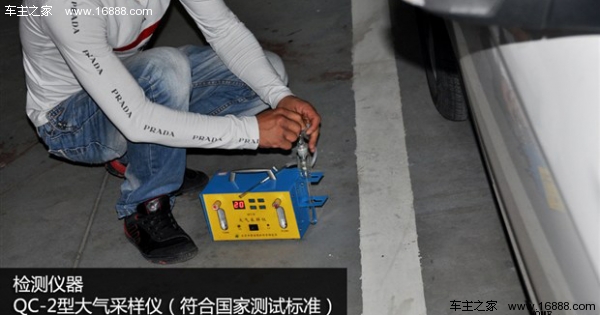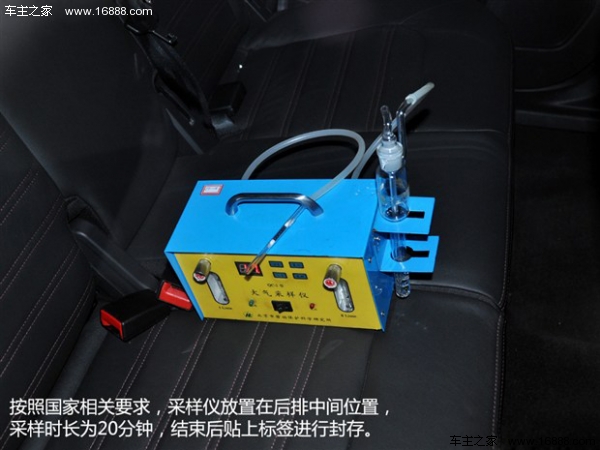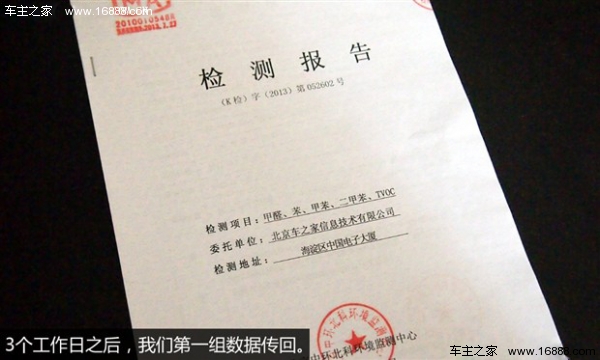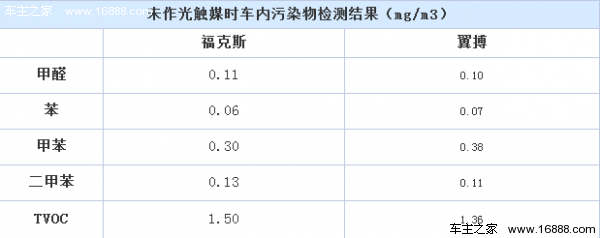【Car owner’s home car knowledge】For those of you who have bought a new car, you must have heard of the word "photocatalyst". As a recommended item in many 4S stores or car beauty institutions, using photocatalyst in new cars can reduce the pollution inside the car. I believe many car owners have tried it, but is this illusory project effective? Whether it is personal experience or psychological effects, everyone has different reactions. The debate about whether photocatalysts really work has never stopped. Can photocatalysts really work? To effectively reduce in-car pollution, today we will use data to verify it.
● Testing principles
In order to ensure that the test is objective, true and universal, we selected two nearly new cars that were purchased no more than one month ago to conduct the photocatalyst test in the same environment as possible. And one of them was carried out in a professional beauty shop, and the other was carried out DIY by purchasing photocatalyst products to see whether the photocatalyst work carried out in different ways is effective in reducing air pollution.
What is a photocatalyst?
Before starting the text, let’s first talk about photocatalysts. I believe many friends who have heard of them don’t know what kind of substance this seemingly ethereal photocatalyst is and what principle it relies on to work.
Photocatalyst is also called photocatalyst. Its main component is titanium dioxide. After absorbing sunlight or ultraviolet rays from lighting sources, an oxidation-reduction reaction occurs. Strong oxidizing hydroxyl radicals and superoxide anion radicals are formed on the surface, which remove harmful harmful substances in the air. Substances (including benzene, xylene, formaldehyde, ammonia and other volatile organic compounds) and microorganisms are decomposed into harmless carbon dioxide and water, thereby purifying the air, sterilizing and other purposes.
If some friends feel that this description is not straightforward, then simply put, we often open the car windows for ventilation to accelerate the volatilization of harmful gases, and the photocatalyst is equivalent to further accelerating this volatilization effect.
● Test background
Test car:Ford Escape/Ford Focus, both vehicles were purchased in early May 2013, and had not been decorated in any way. The odor in the car was obvious when no photocatalyst was used.
data collection:The pollutant data in the car was collected twice before and after the photocatalyst was carried out. The collection and testing work was performed by a professional third-party testing agency. The two cars were parked for about 10 hours before each data test.
Sampling environment:In the basement of a building, the temperature is relatively constant.
Data collection time:The third day after the end of each car photocatalyst
first sampling
We parked the two test vehicles into the basement of the building 10 hours in advance, closed the windows, and stopped using them. The temperature in the basement is relatively constant. When the first sampling started, the staff used professional instruments. The sampling time was 20 minutes, and the detection data was sent back three days later.
After obtaining the first set of raw data, we can start the next photocatalyst construction. We will conduct photocatalyst tests on the two vehicles respectively, and then continue to test the data.















 Email:
Email: